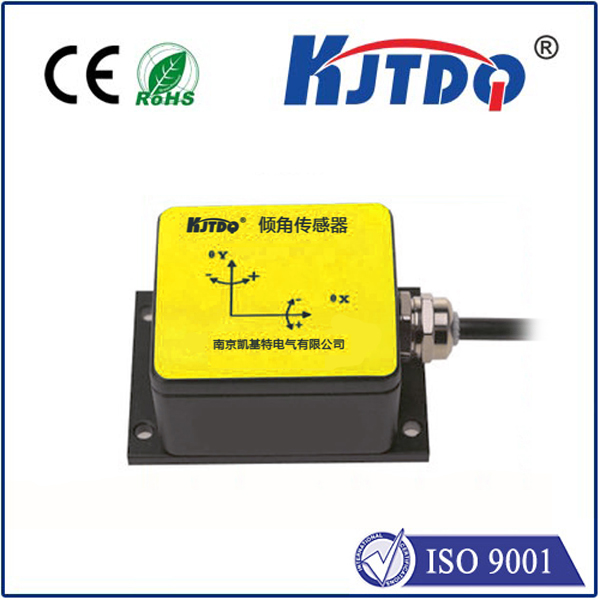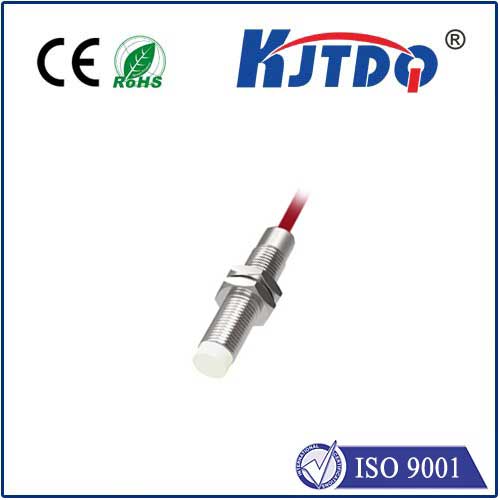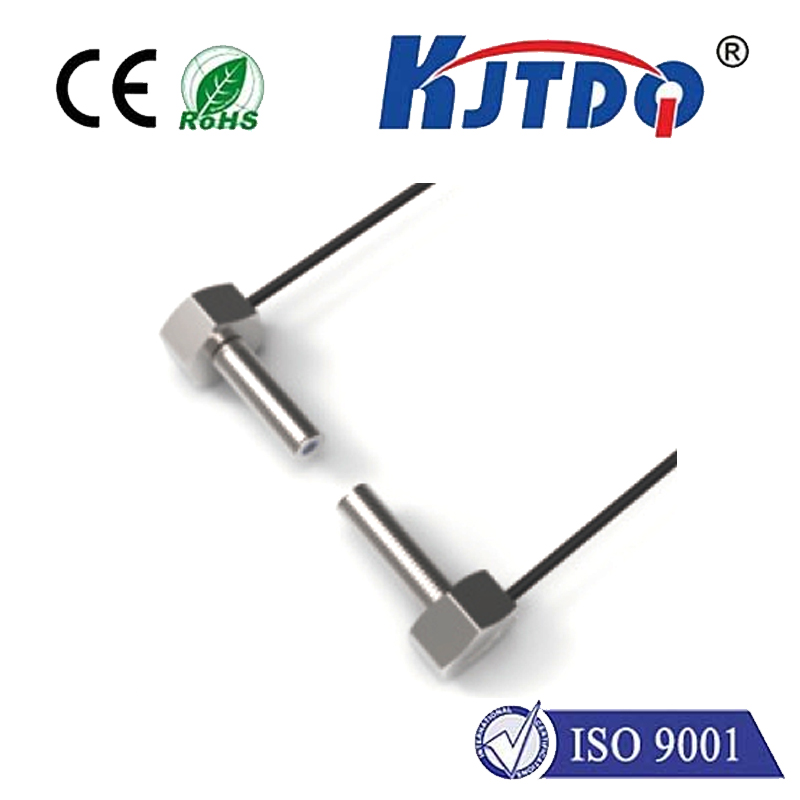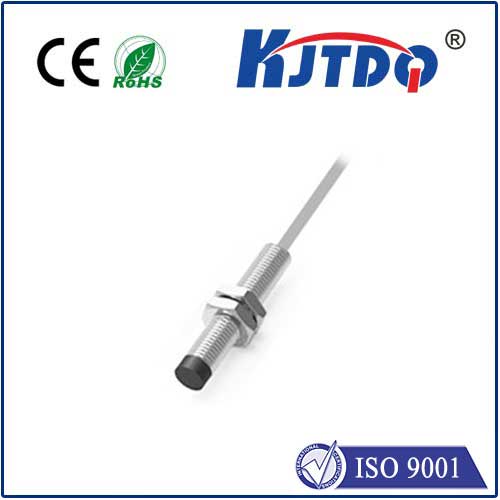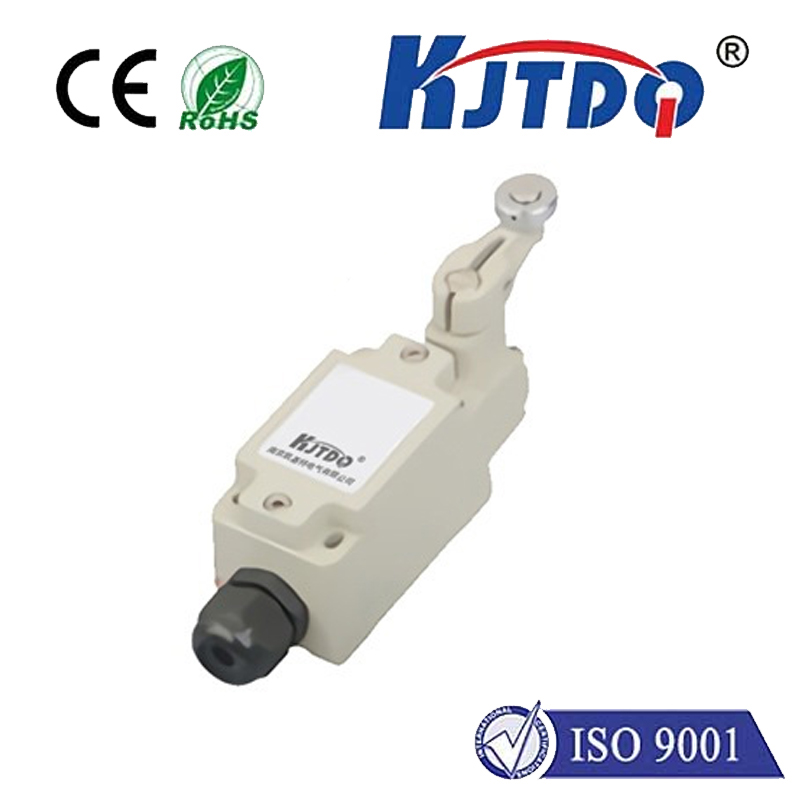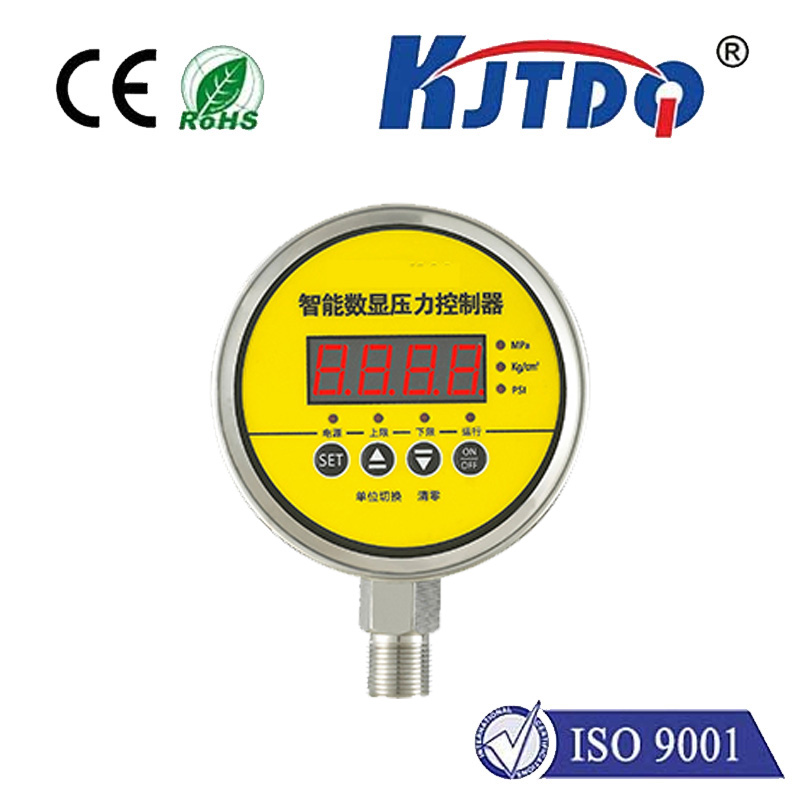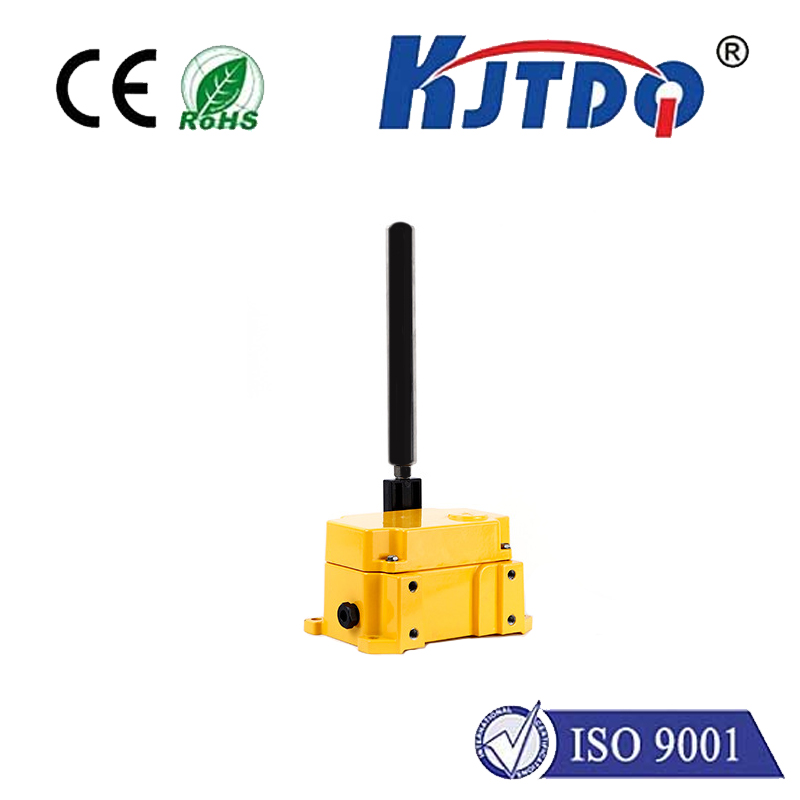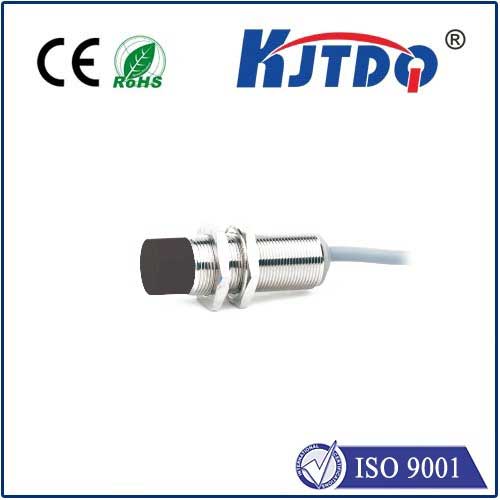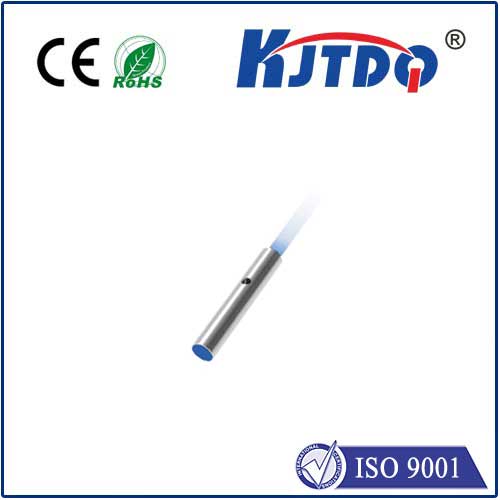aat sensor
- time:2025-08-24 03:15:49
- Click:0
The Crucial Cog in Your Car’s Climate Control: Demystifying the Ambient Air Temperature (AAT) Sensor
Ever glance at your dashboard, see the outside temperature reading, and wonder how your car knows it’s a scorching 95°F or a frosty 25°F? The unsung hero behind that number, and behind many critical functions ensuring your vehicle runs smoothly and efficiently, is the Ambient Air Temperature (AAT) Sensor. This small but vital component plays a surprisingly significant role far beyond just informing you whether to grab a coat.
What Exactly is an AAT Sensor?
An Ambient Air Temperature Sensor is an electronic device, typically a thermistor, strategically positioned on your vehicle to measure the temperature of the air outside the car. Its location is key – usually mounted within the front bumper grille, behind the grille, near the lower radiator support, or under a mirror housing. This placement ensures it reads the true ambient air flowing around the vehicle, away from heat sources like the engine or exhaust which could skew its readings. As temperature changes, the sensor’s electrical resistance changes proportionally. This variable resistance signal is sent continuously to the car’s main computer, the Engine Control Unit (ECU), or sometimes a dedicated Climate Control Module.

The Far-Reaching Impact of Accurate Temperature Data
The AAT sensor’s influence extends much further than simply displaying a number on your dash. Its primary purpose is to provide critical environmental data to various vehicle systems:
- Climate Control System Sophistication: This is arguably the most direct application for drivers. The sensor tells your automatic climate control (HVAC) system how hot or cold it is outside. This information is essential for the system to calculate precisely how much heating or cooling is needed to reach and maintain your desired cabin temperature efficiently. An inaccurate AAT sensor can lead to the AC blowing too cold, the heater struggling unnecessarily, or constant temperature fluctuations, compromising comfort and increasing energy consumption.
- Optimizing Engine Performance and Emissions: The ECU uses ambient air temperature data as a core input for managing the air-fuel mixture. Cold air is denser than warm air, containing more oxygen molecules per volume. To achieve the ideal stoichiometric ratio (around 14.7:1 air to fuel) for efficient combustion, the ECU needs to know the air density. Accurate AAT readings ensure the ECU commands the fuel injectors to deliver the correct amount of fuel, preventing overly rich (too much fuel) or lean (too little fuel) mixtures. This directly impacts fuel efficiency (MPG) and helps minimize harmful exhaust emissions.
- Advanced Engine Management Functions: Beyond basic fueling, the AAT data influences other ECU strategies:
- Ignition Timing: Optimal spark advance can vary slightly with air density.
- Idle Speed Control: Idle RPM might be adjusted based on temperature extremes.
- Turbocharger/Supercharger Management: Boost control systems may factor in ambient air density for optimal performance.
- Variable Valve Timing (VVT): Strategies might be fine-tuned based on air temperature.
- Instrument Cluster Display: Providing the outside temperature reading on your dashboard is the sensor’s most visible function, enhancing driver awareness of road conditions (like potential icing when near freezing).
When the Thermometer Lies: Symptoms of a Faulty AAT Sensor
An inaccurate or failed AAT sensor can send erroneous signals, leading to noticeable problems:
- Inaccurate Outside Temperature Display: The most obvious sign – your dash shows a temperature wildly different from reality (e.g., reading -40°F on a summer day, or 100°F in winter).
- HVAC System Confusion: The automatic climate control may behave erratically: blowing cold air when it’s freezing outside, struggling to cool on a hot day, constantly overcompensating, or blowing at inconsistent temperatures. Comfort is significantly compromised, and system efficiency plummets.
- Reduced Fuel Efficiency (Poor MPG): If the ECU receives incorrect air density information, it miscalculates the required fuel injection. A common failure mode involves the sensor defaulting to a very cold reading (e.g., -40°C/F), making the ECU believe the air is extremely dense and demanding an overly rich mixture, directly resulting in wasted fuel.
- Illuminated Check Engine Light (CEL): While not always guaranteed, a completely failed sensor or readings wildly out of plausible range can trigger diagnostic trouble codes (DTCs) like P0070-P0074 (Ambient Air Temperature Sensor Circuit malfunctions), turning on the CEL.
- Potential Impact on Emissions: Rich running conditions caused by sensor failure increase harmful hydrocarbon (HC) and carbon monoxide (CO) emissions.
Diagnosis and Replacement: Keeping the Data Accurate
Diagnosing an AAT sensor issue often starts with the symptoms above. Mechanics or savvy owners can:
- Compare the dash reading to a reliable thermometer.
- Use an OBD-II scanner to read the real-time ambient temperature data the ECU is receiving.
- Test the sensor’s electrical resistance with a multimeter at different temperatures (requires knowing the sensor’s specific resistance-temperature curve).
- Visually inspect the sensor and wiring for damage, corrosion, or water intrusion.
Replacement is generally straightforward. The sensor is often accessible once a front bumper cover grille or underbody panel is removed. It’s typically held by a screw or clip and has a simple electrical connector. Crucially, ensure the replacement sensor is specifically designed for your vehicle’s make, model, and year. After replacement, the dash display might need a short drive to calibrate correctly, although the ECU should begin using the accurate data immediately.
The humble Ambient Air Temperature Sensor is a perfect example of the sophisticated interplay within modern vehicles. Far more than just a dashboard thermometer, it is an integral sensor feeding vital data to the engine’s brain and climate control system, ensuring optimal performance, efficiency, and passenger comfort. Keeping it functioning correctly is a small step with significant benefits for your driving experience and your wallet. Pay attention to that little number on your dash – it represents a key player under the hood.






